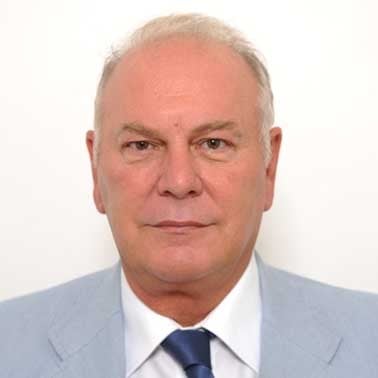Frontiers and Novel Applications in Advanced Autologous Constructs, Scaffolds and Innovative Materials for Dentistry and Oral Health
A special issue of Materials (ISSN 1996-1944). This special issue belongs to the section "Biomaterials".
Deadline for manuscript submissions: closed (10 July 2022) | Viewed by 14716
Special Issue Editors
Interests: stem cells regeneration tissue; dental disease; dental biomaterials; orthodontic diseases; orthodontic innovation; oral surgery
Special Issues, Collections and Topics in MDPI journals
Interests: stem cells regeneration tissue; dental disease; dental biomaterials; orthodontic diseases; orthodontic innovation; oral surgery
Special Issues, Collections and Topics in MDPI journals
Interests: oral health; laser in dentistry; laser coagulatio; laser therapy
Special Issues, Collections and Topics in MDPI journals
Special Issue Information
Dear Colleagues,
Recent updates in the development, manufacturing, and characterization of innovative materials for oral and cranio-facial reconstructive medicine are producing a new generation of constructs with physicochemical properties, improved wettability, hierarchical porosity, increased mechanical performance, and integration with the host tissues. Moreover, the creation of constructs based on autologous growth factors derivates and bioactive molecules are able to promote the healing of soft and hard tissues to obtain functional and aesthetic harmony rehabilitation of the jaws and the face.
This Special Issue entitled "Frontiers and Novel Applications in Advanced Autologous Constructs, Scaffolds, and Innovative Materials for Dentistry and Oral Health" will evaluate novel frontiers in craniofacial research and oral health regarding bone substitutes, autologous tooth, scaffolds, multifunctional materials, innovative bio-complexes and growth factors derivates constructs, stem cells, surface treatments, and novel protocols for implant-supported rehabilitations and tissular damage repair of the face and the jaws.
In particular, in vivo and in vitro original research and breakthroughs for biomedical applications reports, finite elements and mechanical studies, and literature reviews will be considered for the issue.
Prof. Dr. Francesco Inchingolo
Dr. Gianna Dipalma
Prof. Dr. Ioana-Roxana Bordea
Guest Editors
Manuscript Submission Information
Manuscripts should be submitted online at www.mdpi.com by registering and logging in to this website. Once you are registered, click here to go to the submission form. Manuscripts can be submitted until the deadline. All submissions that pass pre-check are peer-reviewed. Accepted papers will be published continuously in the journal (as soon as accepted) and will be listed together on the special issue website. Research articles, review articles as well as short communications are invited. For planned papers, a title and short abstract (about 100 words) can be sent to the Editorial Office for announcement on this website.
Submitted manuscripts should not have been published previously, nor be under consideration for publication elsewhere (except conference proceedings papers). All manuscripts are thoroughly refereed through a single-blind peer-review process. A guide for authors and other relevant information for submission of manuscripts is available on the Instructions for Authors page. Materials is an international peer-reviewed open access semimonthly journal published by MDPI.
Please visit the Instructions for Authors page before submitting a manuscript. The Article Processing Charge (APC) for publication in this open access journal is 2600 CHF (Swiss Francs). Submitted papers should be well formatted and use good English. Authors may use MDPI's English editing service prior to publication or during author revisions.
Keywords
- platelet growth factors
- blood derivates
- stem cells
- bone regeneration
- bone graft
- tissue engineering
- dental implant
- microbiota
- bioactive biomaterials
- autologous tooth








